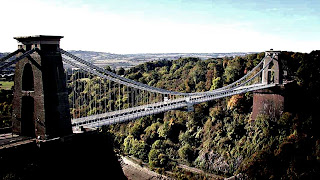As with the multimedia workshop, we were given a similar theme for the graphics workshop - Organic.
We started off with collecting images from magazines that we thought represented our theme and made a mood board. I chose sections of colour such as blues and greens as well as pictures of flowers, food and things like socks because they link through organic materials like cotton.
 |
| Mood Board. |
| Next, from the mood board I came up with some quick pencil sketches of Initial Ideas. I then developed them and added colour to see how they would work.  |
| Developed Ideas with Colour. |
I then chose my favourite 2 to develop further. I enlarged them, traced them and scanned them into Photoshop.
 | ||
Letter J - Enlarged Tracing of Sketch scanned into Photoshop.
|
In Photoshop, I used Levels to adjust the contrast and give me a pure black lined image with a white background.
















